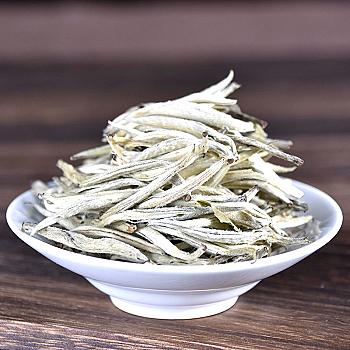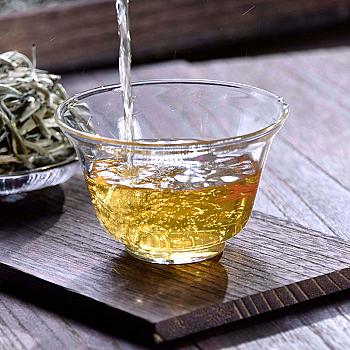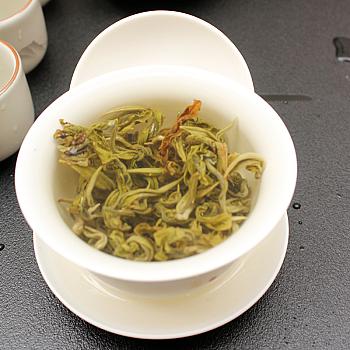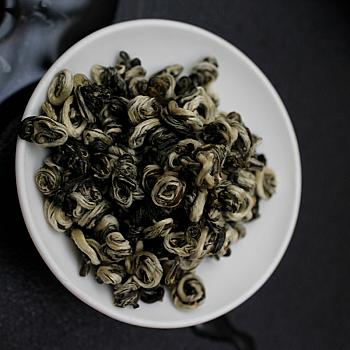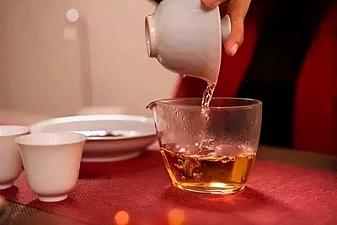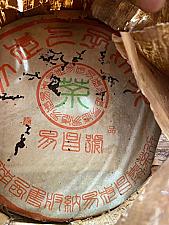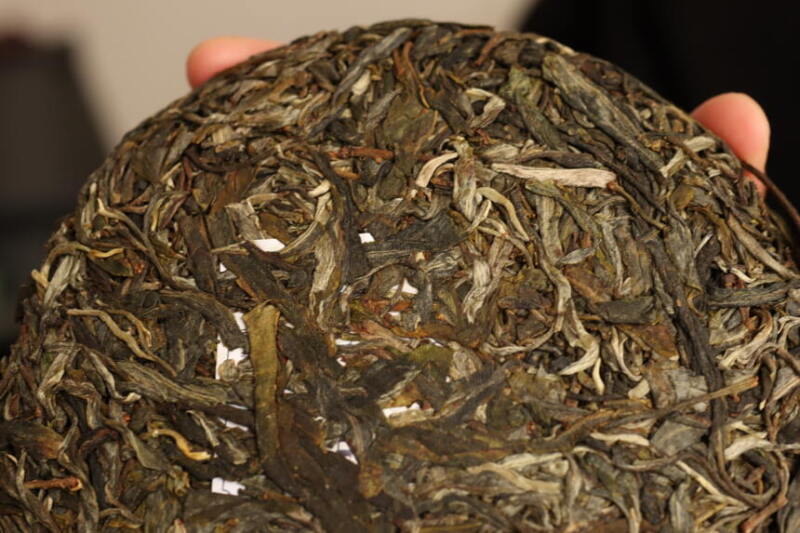
The Right Way to Open a Tea Cake
August 16, 2025
The compressed tea cake limits the volume of the tea leaves to a minimum, besides being easier to transport it is also more convenient for storage. At the same time, scooping out the tea is also considered a nuisance by most people. When I first got my hands on the tea cake I hesitated a little when it was time to prepare and brew it - how do you open it, I pondered for a while holding the tea scoop in hand.
Now most Pu-erh teas are compressed into tea cakes, which reduces the volume of the leaves to the greatest extent. This is not only advantageous for transportation but also for storage. At the same time, many people view piling up tea as a hard road.
When I first got my tea cake, I hesitated for a moment when it came time to brew. How do you open it? Holding the tea needle up, I couldn't decide how to start, trying to pry it apart, but almost getting hurt, and the tea leaves were broken in half, whether you've had this experience before or not. Now let's unlock the correct way to break off a piece of tea.
There are still some misconceptions about how to break tea cakes that result in unnecessary waste of tea: breaking them with your hand or cutting them with a knife.

Prepare a tea utensil set: tea pick and tea knife.
The craftsman must first sharpen his tools before he can do a good job, selecting appropriate equipment will make the task easier, and the results will also be faster.
The tea needle is light and relatively sharp, making it ideal for cutting tightly packed cakes of tea.
Flat tea knife, the scooped out tea leaves are more intact and relatively suitable for beginners.
Choose a flat table surface and avoid using it when opening tea biscuits!
Here is the translation: The detailed steps for brewing tea are as follows:

Before beginning, wash hands clean, prepare the tea tray to be placed on the table top, put the tea brick in the tea tray, gently and orderly unravel the cotton paper, not tearing it at random so that it can't unroll.

Next, use a tea pick or a tea knife (a tea knife was used here), left hand holding the core of the bun from behind, right hand gripping the tea pick or the tea knife, gently swaying to enter along the position about 2 cm higher than the core of the bun.

When the first crack opens, don't rush to pry it open. Move the tea pick to one side and then pry out two cracks, then lift the tea pick upwards using the force of your wrist in the middle position, so that you can scoop up the tea block. If the tea pick does not insert enough tea cake after inserting once, repeat the above action and pry again.

How to lower tea leaf breakage rate.
The tea product also needs to dry naturally after pressure steaming. At this time, when the tea brick is broken apart, there will always be tea leaves scattered about, even for an old tea brick that's been broken up many times. However, it can be done in a way that reduces the amount of loose tea leaves as much as possible.
The usually compressed moderately tight tea cake is easily broken into small pieces and there won't be too many crumbs.
When pressed tightly into a tight tea cake, it needs more force when picking tea and is also easier to break.

If you spill tea, be careful not to make it worse. Then use a spoon or your fingers to quickly lift up the spilled tea, don't rub it. If the tea has seeped into the tablecloth or other fabric, gently pat dry with paper towel. Do not rub it.
When the tea cake is very hard, it can be poked with a fine tea needle along the edges of the tea cake to loosen it slightly. Then use chopsticks to pry open about 2 cm from the center of the tea cake.
The remaining tea cakes are wrapped in a soft paper and placed into a self-sealing bag or stored in a tea jar.
